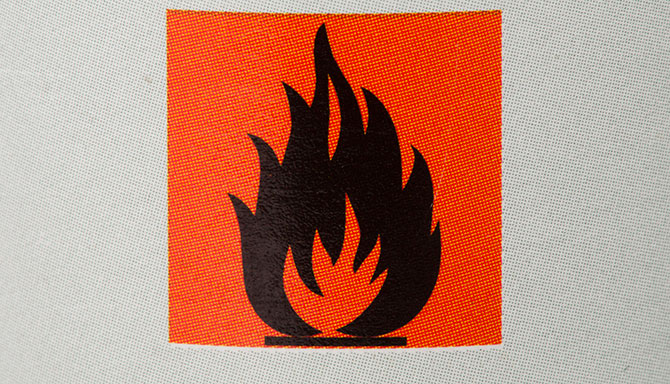Did you know that the Canadian regulations on the identification of hazardous materials are currently transitioning to a global standard?
A new standard for hazardous materials
WHMIS 1988, the previous standard was modified last year (Feb 11th 2015) to align with the news Global standard called GHS (Global Harmonized System).
both WHMIS 1988 and WHMIS 2015 are currently accepted but the 1988 version will be completely phased out by 2018.
If you are a manufacturer or importer, distributor of hazardous materials or an employer using hazardous materials on your premises, you have to make sure you comply entirely to WHMIS 2015 by then.
Have a look at this table which outlines health Canada’s overall plan to transition from the previous Hazard Communications standard (referred to the “Controlled Products Regulation” or CPR) to WHMIS 2015, (referred to as the Hazardous Products Regulations or HPR) by 2018.
Why Global?
Why harmonize with a new global system? Well, there are several good reasons. The Global standard includes new pictograms, covers a wider range of hazardous materials and has more detailed information on each chemical.
But the primary reason to harmonize is to simplify and align information across countries. For example, a Canadian manufacturer distributing in the USA will no longer need two separate sets of information for its Material Safety Data Sheets for the U.S. and Canada. There are however, a few code variances between the two countries. For Canada, the requirement for bilingualism remains as well.
As all countries adopt the GHS, it will not only facilitate trade but also increase safety by reducing confusion and mistakes.
Applying the appropriate information to your label
Once you’ve identified which hazardous materials you import, ship or use, they must be labelled accordingly. Interestingly, the new standard has provisions for packaging that is too small to fit all the necessary information legibly. In the case for containers with a capacity of 100 ml or less for example, certain information such as precautionary statements and hazard statements can be omitted.
With very small containers (3ml or less), the label can even be made removable.
Here is a link to Health Canada’s FAQ on the subject.
Using the appropriate label
Labelling hazardous materials usually requires a robust label. It must be able to remain perfectly legible under sometimes extreme circumstances. These can include exposure to corrosive chemicals, extreme temperatures or direct sunlight and more.
As experts in the labelling and product identification fields, we can can help you choose the right label for the job.







